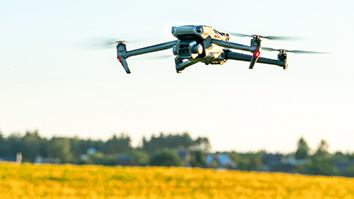Citation
Vaidyanathan, R., & Feldlaufer, M. F. (2013). Bed bug detection: current technologies and future directions. The American Journal of Tropical Medicine and Hygiene, 88(4), 619-625. doi: 10.4269/ajtmh.12-0493
Introduction
The common bed bug, Cimex lectularius L., is an obligate blood-feeding ectoparasite that preferentially feeds on humans. Global bed bug infestations were common into the 1930s and 1940s until the advent of synthetic pesticides that were commonly used to control bed bugs and other urban pests. From World War II to the 1960s, dichlorodiphenyltrichloroethane (DDT) proved to be an inexpensive, toxic, and effective residual treatment against many arthropods, including bed bugs, and bed bugs were thought to be eliminated from human habitations in the United States. In the past two decades, populations of C. lectularius have increased in North America, Europe, and Australia. Although peer-reviewed studies on the resurgence of bed bugs are generally lacking, industry surveys report a 100-fold increase in calls for bed bug control, and almost all pest control operations currently respond to bed bug problems. Explanations for this resurgence include but are not limited to increased international travel, changes in pest control practices for other urban pests, increased trade in secondhand furniture, and widespread bed bug resistance to most commercially available pesticides registered for use against this blood-sucking insect.


